So did you know last week’s puzzler? These are eggs from a yellow spotted salamander! Have you ever seen or heard of this salamander? It is rather large, at 7 inches long though they can be 9 inches long! 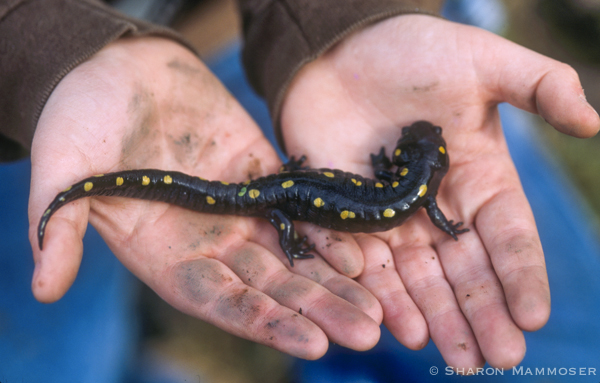
I first learned about this salamander when I lived in eastern New York state and worked as a Naturalist at a local county park that consisted of nearly 5000 acres including many ponds and vernal wetlands. Myself and the other naturalists and curators often visited the ponds in the spring, checking for the amphibians and their egg masses as well as other critters like fairy shrimp. Some creatures, including spotted salamanders and wood frogs, use vernal wetlands for their eggs. These sometimes resemble puddles more than ponds and will tend to dry up before the official start of spring or summer. Salamanders and frogs choose them because they have no fish–which of course is a good thing if you are a tiny creature that would easily become fish food!
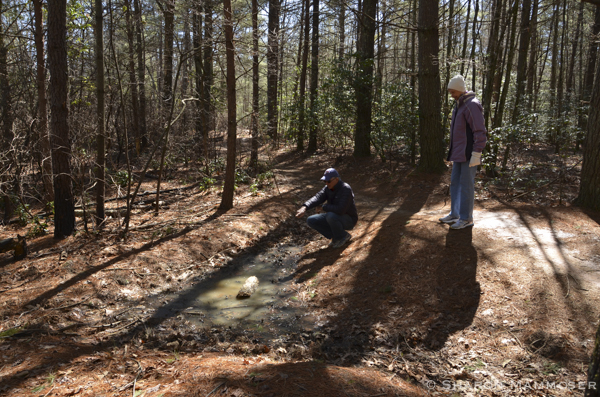
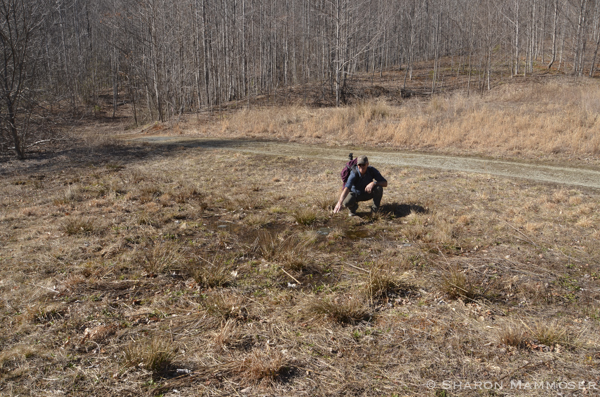
Another creature that lays eggs in the ponds in the late winter and early spring are wood frogs. Their eggs look different. Spotted salamander eggs have a gelatinous mass around each egg (black dot) and then AROUND THE WHOLE MASS is another gelatinous mass. Wood frog eggs lack the extra layer on the outside. Also, spotted salamander eggs are usually found throughout the pond or wetland whereas wood frog eggs are usually all in the same place, and usually all attached to some kind of submerged vegetation.
Here is a wood frog egg mass in a pond on my property.
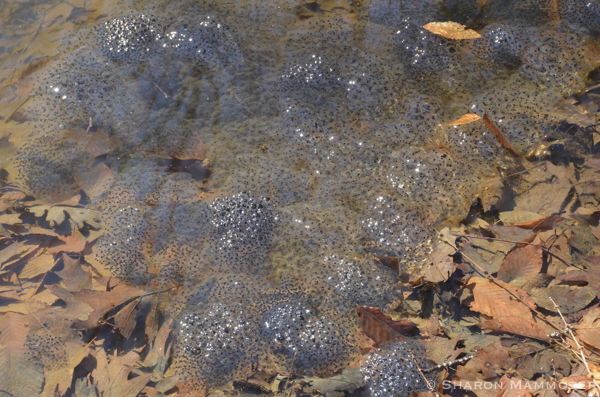
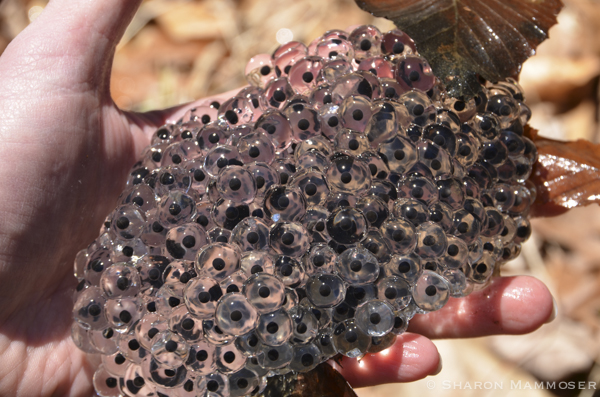
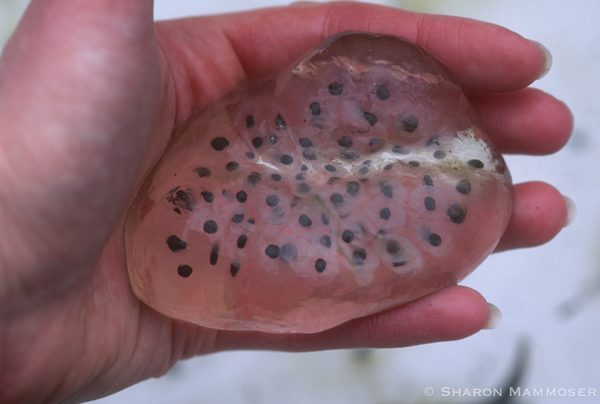
Yellow spotted salamanders are a kind of mole salamander. They spend nearly all of their life underground –which is why most people never see one–unless they happen to be at a vernal wetland in the early spring when the salamanders are there to mate and lay eggs before returning to their hidden lives.
Know how they know when to leave their underground burrows? Or how they survive the freezing winter temperatures? Ever wondered what sex is like for these slimy, 4 legged creatures? Spotted salamanders will be the subject of this week’s Creature Feature so check back next week to learn more about them. They are fascinating!
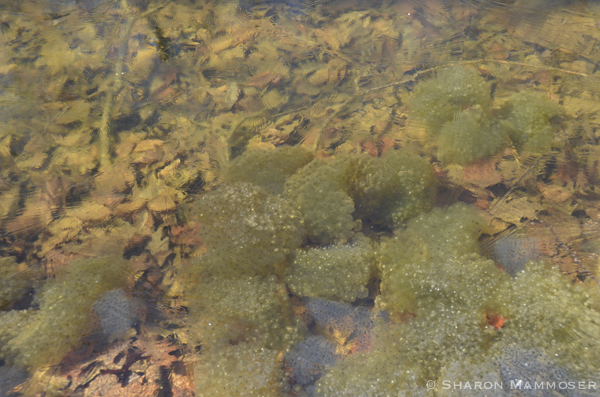
Also, if you share my backyard here in western North Carolina and want to learn more about amphibians including our own frogs, toads and salamanders, I invite you to join me for a program at The Compleat Naturalist on March 18th at 6:30. Click HERE to sign up or HERE for more details.
Click HERE for the next puzzler! Happy weekend!

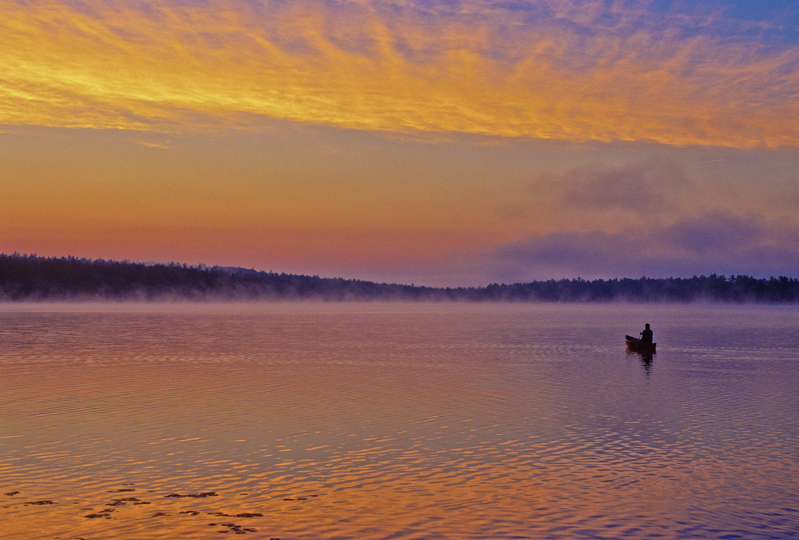
Thanks Sharon! I now know what I saw were wood frog eggs! I’ll keep an eye out for the salamander eggs.
You are welcome! It is always fun to be able to identify what you see and the amphibian eggs are so cool. Glad I could help! Are you guys going to come to my amphibian program at the Compleat Naturalist? March 18th at 6:30… hope to see you there!